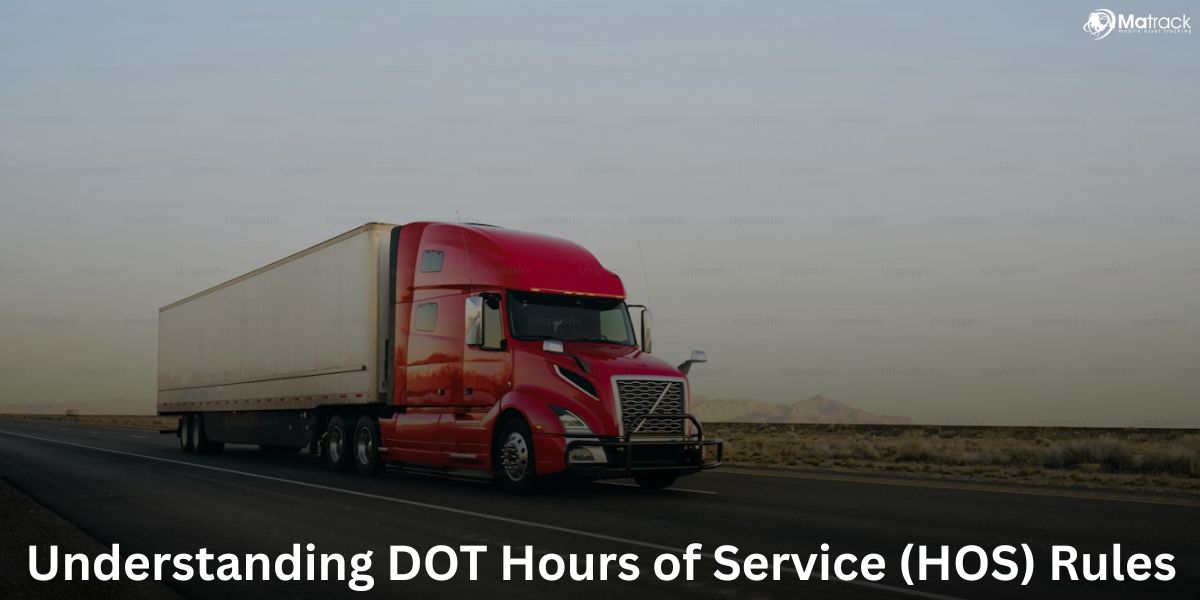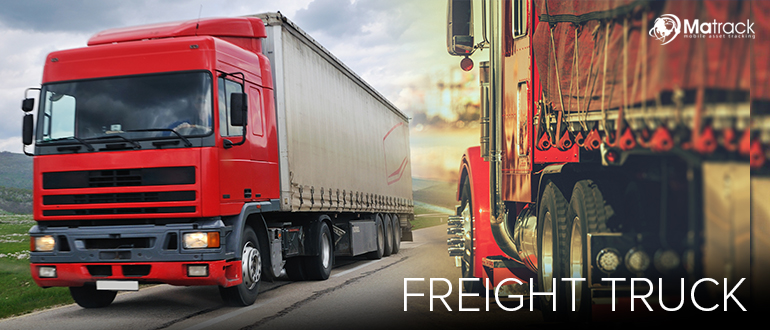Key Takeaways
- Team driving is a trucking method where two drivers share shifts to keep the truck moving almost nonstop on long routes.
- It follows FMCSA rules that limit drive time and require rest periods, using a rotating schedule to stay compliant and efficient.
- Team drivers often earn higher income and complete deliveries faster, but they must manage shared space, habits, and fairness.
- Success in team driving depends on having a valid CDL, choosing a compatible partner, and working with a carrier that supports teams.
What Is Team Driving?
Team driving is when two truck drivers work together by sharing one truck and switching turns behind the wheel. This setup keeps the truck moving for longer hours, especially on long-distance routes.
While one driver is on the road, the other takes a break in the sleeper area inside the truck. They switch roles once the driving shift ends, which helps complete deliveries faster without long stops.
This kind of driving depends on timing, trust, and working well together. Because the whole system runs on smooth coordination, it’s important to understand how team driving actually works
How Team Driving Works: Operational Structure
Team driving runs on a shared schedule that helps keep the truck moving with fewer long breaks. It follows a set of driving and resting rules so both drivers stay safe and alert.
Shift Rotation
Each driver takes turns behind the wheel while the other rests. For example, one drives for up to 11 hours while the other sleeps in the back, then they switch.
This cycle continues throughout the trip, which cuts down on stopping time. It helps finish long routes faster without overworking one driver.
Legal Framework
The rules for driving hours come from the FMCSA, which sets safety limits. Drivers can’t go over 11 hours behind the wheel in one shift and must rest for 10 hours after.
By rotating shifts, both drivers follow the law while keeping the truck in motion. This keeps deliveries on time without breaking any rules.
Communication and Scheduling
For team driving to run smoothly, both drivers need to plan things out together. That includes where to stop, when to switch, and how to handle fuel and food breaks.
When both drivers stay in sync, the trip goes faster and with fewer problems. Good planning keeps the route clear and the team working well together.
What Are the Benefits of Team Driving?
Team driving increases output and revenue. It improves safety and mental health through shared responsibilities.
Higher Mileage
Team drivers legally cover over 1,000 miles per day. In contrast, solo drivers average 550 miles. High mileage translates to more completed loads and higher income.
Increased Income
Team drivers earn 10%–25% more due to:
- Higher mileage
- Expedited freight
- Carrier incentives
Each team member typically earns between $75,000 and $110,000 annually depending on haul frequency.
Expedited Delivery
Carriers assign time-sensitive loads to teams. Emergency medical supplies, auto parts, and perishable goods depend on speed. Team drivers ensure faster delivery.
Enhanced Safety
Rested drivers reduce fatigue-related errors. Alternating shifts reduce drowsiness, which accounts for over 13% of truck crashes annually.
Companionship
Isolation affects solo truckers mentally. Team driving decreases loneliness. Shared time improves mental alertness and emotional support.
What Are the Challenges of Team Driving?
Team driving brings real challenges that can affect how well two people work and live together inside a truck. Most of these issues come from limited space, daily habits, and keeping schedules aligned.
Limited Privacy
Truck cabins offer about 8 by 6 feet of space, which means there is little room for personal time. Being that close for long periods can cause tension, especially when rest is needed.
Misaligned Habits
Each driver has their own routine, and some of those don’t mix well in a shared space. Differences in sleeping times, cleaning habits, or driving styles can easily lead to friction.
Conflicting Schedules
When one driver wants to rest while the other prefers to keep moving, problems start to build. Missed signals and poor timing can slow down progress and increase fatigue.
Unequal Workloads
Sometimes one driver handles more difficult routes or night shifts, which starts to feel unfair. That kind of imbalance weakens trust and makes it harder to keep working as a team, which is why getting started the right way is so important for anyone thinking about becoming a team driver.
How To Become A Team Driver?
Starting team driving requires proper licensing, the right partner, and a supportive carrier. These steps help build a solid foundation for working efficiently on the road.
Obtain CDL Licenses
Both drivers must have a valid Class A Commercial Driver’s License (CDL) before they can drive as a team. Getting the CDL includes classroom training, on-road practice, and passing state-approved driving and safety exams.
Choose a Team Partner
Picking the right person to share a truck with is one of the most important steps. Drivers should consider hygiene, driving habits, sleep patterns, and comfort with long hours together.
Sign Up with a Carrier
Once partnered, drivers need to find a carrier that supports team operations. Some companies offer better pay rates, fuel plans, or flexible schedules that fit team drivers better.
Carriers like FedEx Custom Critical, CRST, and Covenant Transport are known for hiring teams and offering strong support. Choosing the right carrier can make a big difference in how smooth the experience feels from day one.
Complete Orientation and Training
Carriers usually require new team drivers to complete orientation together. This includes reviewing safety protocols, company policies, and team-driving procedures.
Plan Routes and Responsibilities
Before hitting the road, teams need to decide how they will split shifts, handle refueling, and manage rest breaks.
Having these roles clear from the start prevents confusion during the trip and helps the team stay focused, especially when drivers choose a team type that matches how they work best.
What Are Common Types of Team Driving?
Different teams have different dynamics. These are the 4 most common configurations:
Spouse Teams
Married couples prefer team driving. Familiarity improves compatibility. Most spouse teams rank highest in performance due to trust.
Friend Teams
Pre-existing friendships help form reliable partnerships. Trust is strong, but personal disagreements can affect professionalism.
Company-Paired Teams
Trucking companies pair solo drivers to form teams. This method depends on compatibility tests. Without it, success rates decline.
Lease-Purchase Teams
Owner-operators running lease-purchase agreements form teams to maximize truck usage. They maintain more control but manage all logistics.
What Are Team Truck Driving Rules?
Team drivers follow the same basic safety rules as solo drivers, but with a setup that allows the truck to keep moving longer. These rules focus mainly on how long each person can drive and how rest is taken between shifts.
Hours of Service Limits
Each driver can be on the road for up to 11 hours after taking 10 hours off. That drive time has to happen within a 14-hour work window, which includes all breaks and any loading or fueling stops.
Since one driver rests while the other drives, the truck doesn’t sit still for long. This setup allows teams to stay within the rules while still covering more miles in less time.
Using the Sleeper Berth
To count as rest, at least 8 of the 10 hours must be spent in the sleeper berth. The other 2 hours can be taken off-duty outside the truck if needed.
This gives both drivers enough recovery time without stopping the trip. It’s one of the main reasons team driving is faster but still legal.
Also see: What is the Split Sleeper Berth Rule?
Keeping Track with ELDs
Every team must use an electronic logging device to track their hours. The ELD records when someone is driving, resting, or off-duty.
It keeps everything clear and prevents mistakes, especially when both drivers are working opposite shifts. These small differences in how time is managed are exactly what separate team driving from doing it solo.
How Does Team Driving Compare to Solo Driving?
| Feature | Team Driving | Solo Driving |
| Daily Mileage | 1,000+ miles | 500–600 miles |
| Earnings Potential | $75,000–$110,000 per driver | $45,000–$80,000 per driver |
| Delivery Speed | Expedited freight | Standard freight |
| Fatigue Risk | Lower (due to shared driving) | Higher |
| Privacy | Minimal | Full |
| Compatibility Risk | High (if mismatch occurs) | None |
Is Team Driving Worth It?
Team driving is a results-driven setup built for long-distance freight that needs to move fast. It helps cover more miles, finish trips quicker, and often leads to higher pay compared to solo driving.
It works best for drivers who enjoy company, can handle shared space, and are willing to adjust their routines to match a partner. When both people are on the same page, the job becomes more efficient and less stressful.
For those who value independence or prefer full control of their schedule, solo driving may be a better match. The key is to know your priorities, choose a partner carefully, and make sure both of you are aiming for the same goals from the start.



